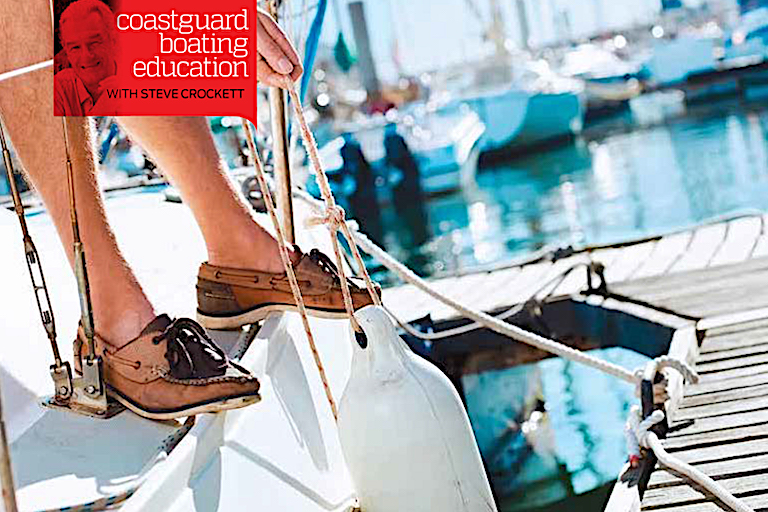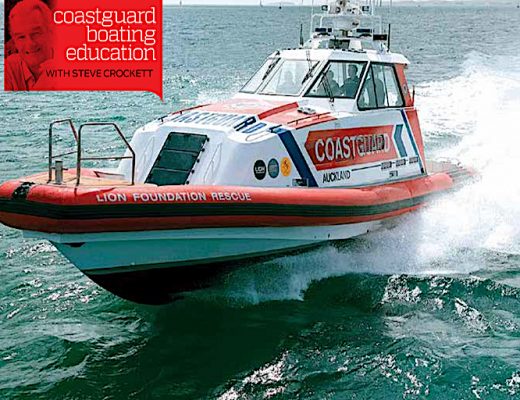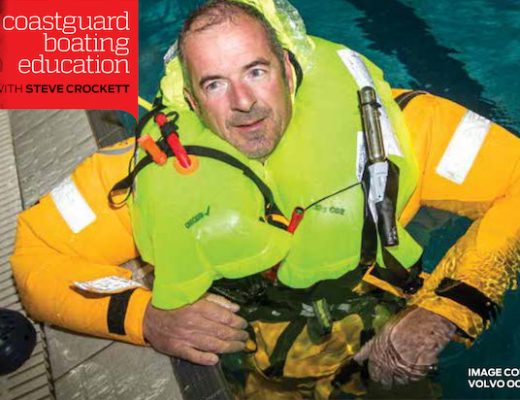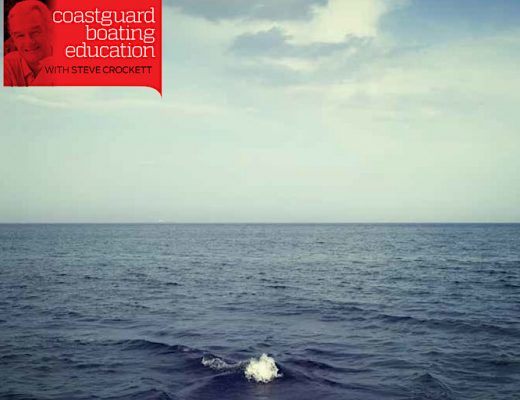EVEN BOATIES MAKE MISTAKES, DON’T LET COMPLACENCY RUIN YOUR DAY, ESPECIALLY WHEN DOCKING.
I had to make a quick trip to Wellington recently. But it was gusting 35kts in Wellington when I landed landed … which made for an interesting touchdown.
As I departed the aircraft I congratulated the Captain on such a smooth landing.
He said: “Oh well, sometimes you get lucky”. I told him:
“Yes. I’m lucky you’ve spent all those years practising.”
Now what about putting your boat alongside a dock?
Yep – practise makes perfect. The most practised berthing technicians I know of are ferry operators. They are required to put their vessels alongside various berths in all manner of weather and tidal conditions. How do they do it? With hours of practise … but also with prior preparation and planning!
THE GOOD LIFE
For a long time I’ve had the luxury of operating from a modern, well-appointed marina berth with large well-spaced fingers and floating pontoons complete with multiple marina cleats I could choose to berth bow-in or stern-in, depending upon the weather conditions and easily step down from my vessel onto the pontoon from whichever side was alongside, or if I had chosen a stern-to berthing, step off the stern onto the finger.
Coming alongside was a doddle, even single-handed! Just prepare those bow and stern lines, set up a spring line and drop it over a cleat as I reversed in, then let the engine hold it against the dock as I step down and tie off the bow and stern. As I said … easy!
NOT SO GOOD
So how was it that I recently managed to accomplish the worst berthing experience of my life? It was so bad that I was afraid I might end up on one of those awful TV programs or maybe a YouTube clip of ‘Docking Fails’.
I wish I could blame my tools, but I can’t. The fault lies in the fact that I failed to prepare. I should have ensured that I had all of the necessary tools on board at the outset. There were no spare mooring lines on board, prior to our departure – such a rookie error! Okay, it wasn’t my boat -but I should have checked anyway.
RECIPE FOR DISASTER
Fixed mooring lines on the finger, no pontoon, a stick in the mud with “slime lines” attached, a boat with a reverse thrust which wouldn’t rip the skin off rice custard and a screaming crosswind – all these spell ‘disaster’, unless you have a PlanB. Loki, the trickster, had two things in his favour that day. One was fatigue. I was tired and I hadn’t been out sailing for quite some time. The second was my own hubris. I thought my skills were so highly attuned that I had no need to stop, assess and plan. Worse still, I didn’t brief my partner properly on what was expected. In short, I failed to prepare myself, my vessel and my crew for the impending manoeuvre. An epic fail.
CONSEQUENCES
As we came in, my partner was unable to pick up the windward bow “slime line”. I was unable to pick up the fixed windward stern line. The bow fell away until the boat was exactly perpendicular to the desired position – crosswise in a lengthwise berth. Oops! Judicious use of various sheets and winches managed to bring the vessel into the correct orientation with, fortunately, no damage to anything except my pride. No damage? Actually, that’s not strictly true.
There was damage to my partner’s confidence and in her own abilities (which I have spent a long time nurturing). Also her trust in me as a skipper was damaged, for failing to correctly brief her on the task at hand.
So what did we learn? When in doubt, STOP the boat. You are safe where you are stopped. Assess the situation. Work out what could happen if it goes pearshaped. Plan for that. Rig the right lines. Talk to your crew and discuss the “What If” possibilities.
Always remember: You’re the skipper – you’re responsible.





No Comments